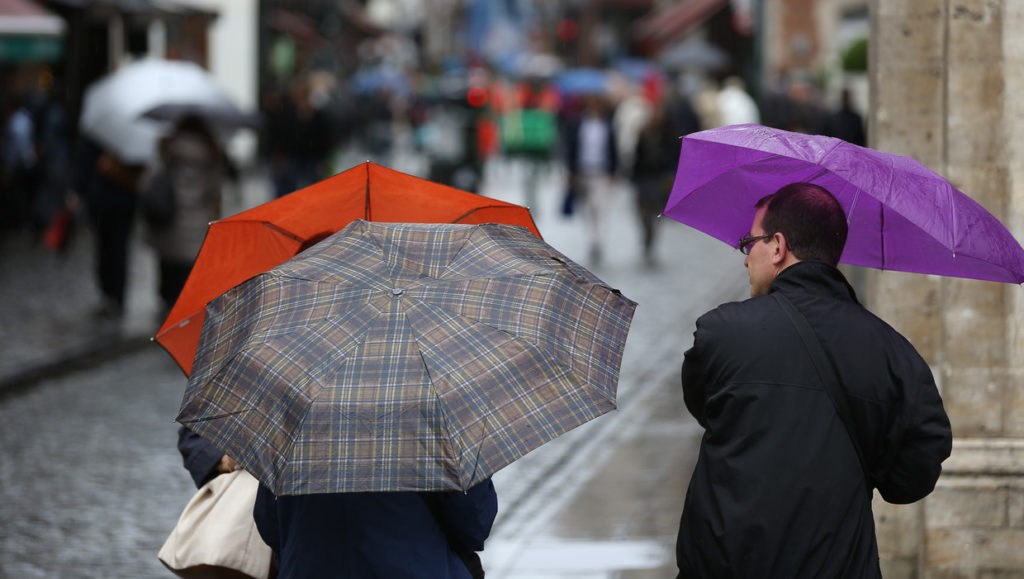The soil is moist again after last week's rainy weather, "but the grass and plants are soaking up the water. If dry weeks follow, it will become critical again," according to experts from the University of Antwerp.
De Standaard reported that after the dry summer, the rain is welcome. Last week, only 15% of participants in the CurieuzeNeuzen (Curious Noses) project said they had a very withered, brown lawn. This group was much larger at the end of August, when 41% said that they had a brown lawn.
"For the top layer of the soil, the rain is a relief," said Stijn Van de Vondel, who is a researcher at UAntwerpen and is involved in Curious Noses in the Garden.
The soil moisture measured by Curious Noses' lawn polls is close to that of last year when there was more rain during the summer. Last week, the average soil moisture was again above 30%. These values were not at all reached in July and August this year.
Not in the clear
Are we out of the danger zone? Far from it, said Van de Vondel. "The rain has made the top layer of the soil moister.
Lawns are regaining their green colour. But not enough to replenish levels after the drought. Only a very small part of that rainwater will reach our groundwater. This is because "the plants and the lawn absorb a lot of the rainwater as they are in their active phase and need it."
"It doesn't have to rain whole days for weeks on end," he said. "But regular dull showers are necessary."
A temporary pause
Patrick Willems, Professor of Hydrology at KU Leuven, also said we are not out of the danger zone yet: "Only if it keeps raining will water infiltrate deep into the ground. From the flow of the rivers, it is clear that we are not there yet.
"It did rise because of the rain we have already had but the rise remains a spike, not a sustained increase. If it stops raining, we will fall back to a far too low base flow rate."
The base flow rate depends heavily on the groundwater level, Willems explained. "The base flow of the rivers is fed by slow outflowing groundwater that flows into the rivers from surrounding soil rivers.
Therefore, he continued, when groundwater levels are low, the base flow rate is also low. Another spell of dry weather could threatens to put Belgium back in a precarious condition.
Related News
- If the the Meuse decreases even further, a crisis looms in Flanders
- For once, Belgium is begging for rain
Willems is therefore concerned about the weather in the coming weeks.
"The RMI (Royal Meteorological Institute of Belgium) is predicting a few more days of rain, but this would be followed by another few weeks with little or no rain."
Willems added that that if is true, Belgium will again reach a critical flow in rivers like the Meuse in the second half of October, according to their forecast.
"The rain we have had has thus only temporarily pushed the pause button on the drought problem." Willems concludes.
"Which does not alter the fact that the water did do nature some good."

